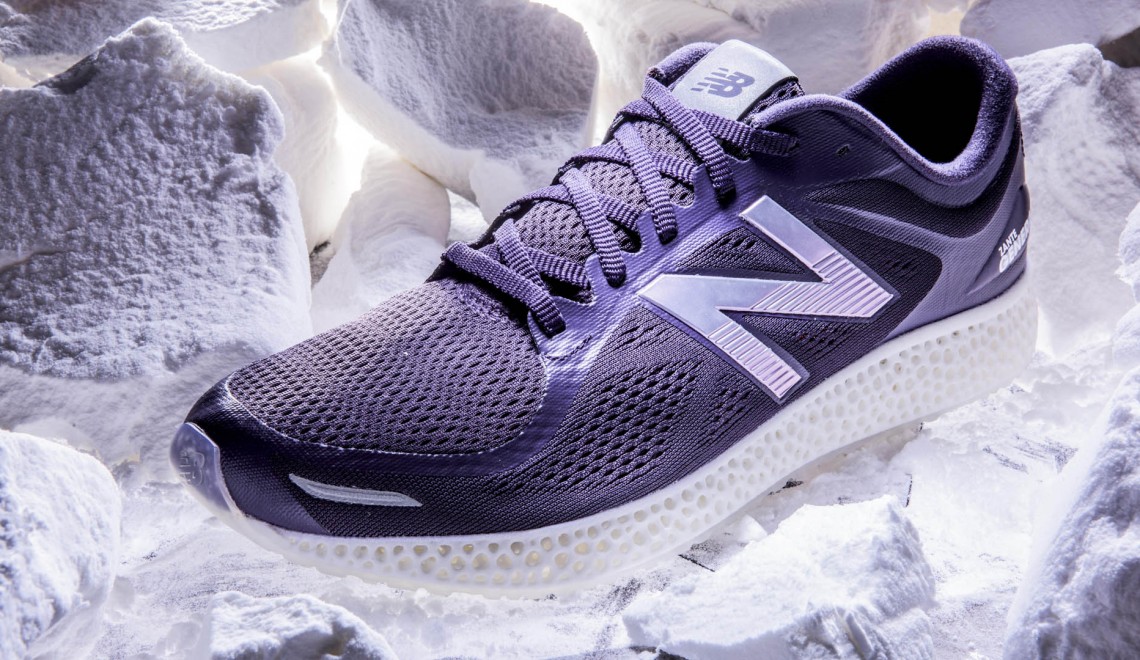Running is one of the few sports that you can just wake up and do. It requires no special equipment nor talent, there is nothing to learn (we innately know how to run), and you don’t need anyone to do it with. Most people, when they decide to be a runner, just strap on some sneakers and go for it. This is one of the things that makes running so special, but the downfall is that most people have horrible form. Head to your local park on the weekend and look at all of the different (and sometimes odd) ways that people run. Poor form doesn’t just effect the efficiency of your stride, it also can cause serious injuries. The best thing you can do is regularly work with a physical trainer who can make sure you are getting the most from your body. But between cost and time, that isn’t an option for most people. Lumo Run hopes to be a budget friendly solution to help people become better (and safer) runners.
Lumo Run is small chip that fits into the custom waistband of a pair of shorts / running capris, which comes bundled with the sensor. Lumo Run looks to be slightly larger than a Nike+ sensor and records cadence, ground contact time, bounce, braking, stride length, and pelvic rotation. These metrics are key to improving your form. The chip does not need a phone present to record information about your run, but if you run with your phone you will gain information on your route, pace, and distance in addition to realtime audio-based coaching. Lumo Run is waterproof and the battery life is estimated to be approximately 25 hours of running time. It launches next year for $149 (for a limited time, available for preorder for $99), and to start with will only be compatible with iOS 9 devices.
If you aren’t familiar with Lumo, the company made a name for themselves with their posture sensor. The crowdfunded product notices when you aren’t standing tall and vibrates to remind you to correct your posture. So much about running form relates to posture, it is a logical next move for Lumo to introduce a running product. If done well, it could find a very large market. We are looking forward to trying it out (but please offer the shorts with something more than a 5″ inseam!). On a personal note, running form is something I have always struggled with. I am able to run long distances at a pace I am happy with, but I know I could run stronger and faster with some form improvements. While PT is helpful in identifying issues, when you are 90 minutes into a run, it is tough to know what you are doing wrong and how to fix it. Solutions such as Lumo Run are a great step in the right direction to inexpensively monitor, track, and improve how you run. As always for these types of things, it is probably best to pair the technology with occasional visits to PT (you don’t want to introduce any new bad habits).





